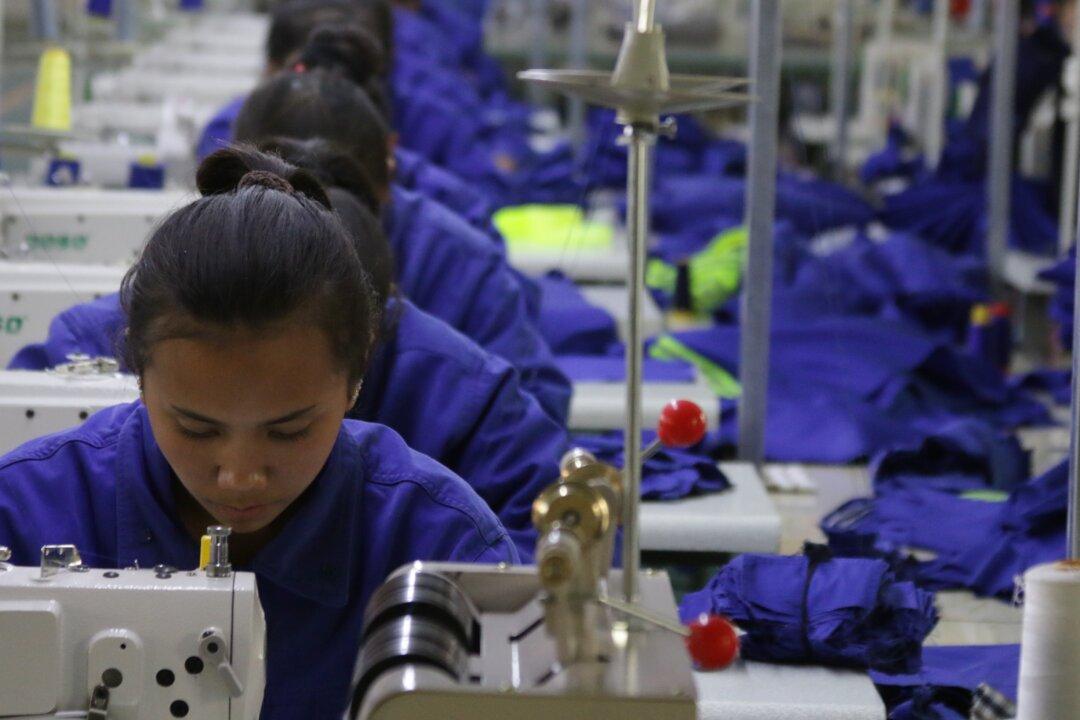Chinese leader Xi Jinping visited Xinjiang, the home of the Muslim Uyghur minority, on July 12 - 15, to purportedly promote national unity and reinforce the regime’s ambition to influence the world.
According to State-run Xinhua and CCTV, Xi went to a Uyghur neighborhood in the capital city Urumqi. He also visited a unit of the Xinjiang Production and Construction Corps, a quasi-military organization that the regime has used to control and develop the region since the 1950s, in Shihezi city, about 85 miles west of Urumqi.





